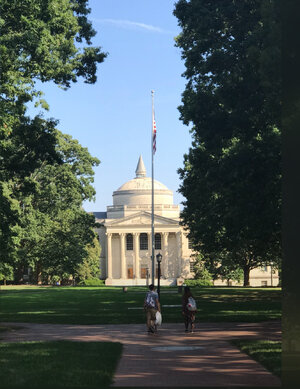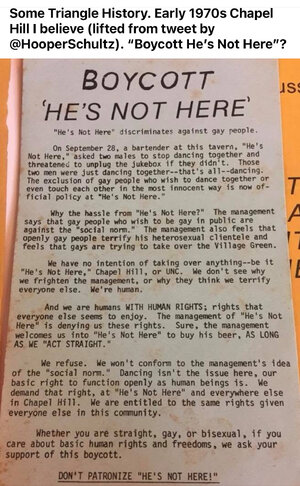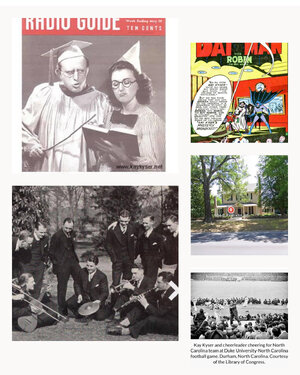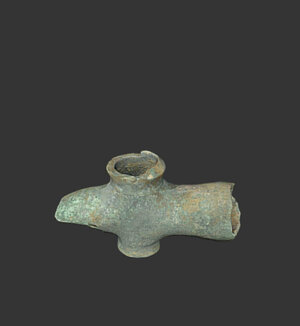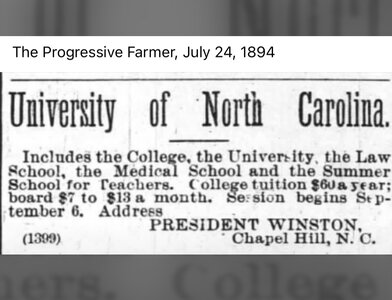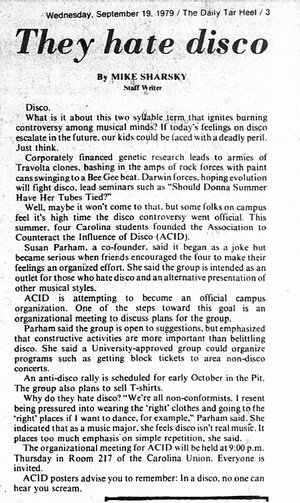donbosco
Inconceivable Member
- Messages
- 3,848
It is DexFest this weekend...a commemoration of the Life and Times and Music of Dexter Romweber, perhaps Chapel Hill/Carrboro's greatest musical savant among so very many.
From 'The Carrboro Citizen' in 2012..."It wasn’t long ago that a walk through downtown was nearly impossible without taking in some kind of performance. You might see Dexter Romweber singing the blues out in front of The Hardback Cafe or The Chicken Wire Gang harmonizing near the entrance to Pepper’s Pizza. There’d be a guy playing sax in the alley and a couple of avant-garde fellow travelers making notes ring in the Rosemary Street Parking Deck. A lot more places had music outdoors as well, or would at least open up the windows and let the sound pour out into the street."
BIG CITY: More music, more life – The Archive of The Carrboro Citizen

Dexter Romweber Lives - Orange Co. Arts Commission
—David Menconi, Down on Copperline Dexter Romweber died over a year ago, at the way-too-young age of 57. But traces of the late great roots-music giant remain around his... Read More →


